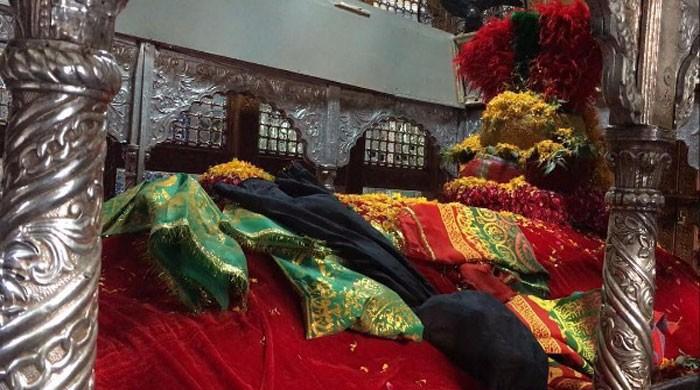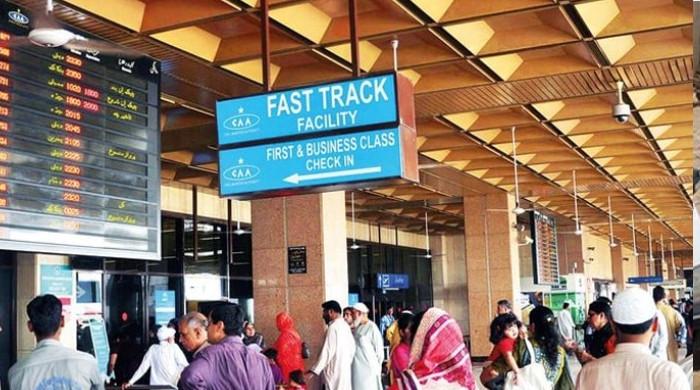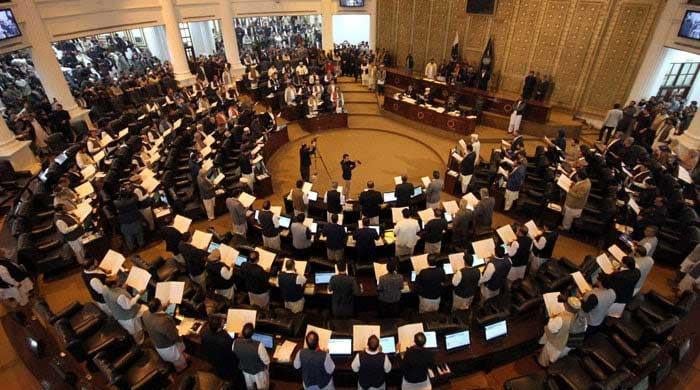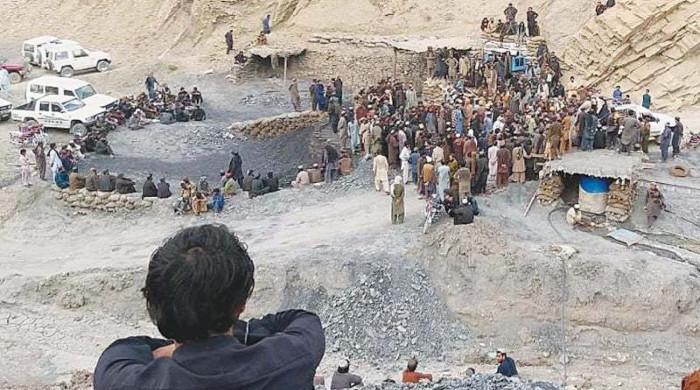Lal Shahbaz Qalandar – A profile
Historians believe Imam-e-Hussain (AS) directed Qalandar, in a dream, to travel to Hindustan
February 19, 2017

Known to the world as Hazrat Lal Shahbaz Qalandar, Syed Mohammad Usman Marwandi was born in the late twelfth century in 1177 in Marwand, now Afghanistan, to Syed Ibrahim Kabir-ud-Din Mujab.
His mother was a high-ranking princess and his father was the caretaker of the Holy Shrine of Imam-e-Hussain (AS), where he is buried.
Lal Shahbaz Qalandar learned the Quran by heart by the age of seven, and when he turned 20 he was initiated into the Qalandar order. According to historians, he was initially taught by his mother. Later on, he traveled to Medina (Kingdom of Saudi Arabia) and spent some time there for further education. From there he went on to Karbala (Iraq) where he looked after the shrine of Imam-e-Hussain.
In many books, historians talk about Qalandar's journey to the subcontinent i.e. Hindustan due to a dream in which Imam-e-Hussain (AS) ordered him to do so.
He went to Mashad, stayed there for a short time and then continued his journey to the subcontinent. It is said he entered Karachi through Makran. Then went on and stayed at the mausoleum of Syed Sadr-ud-din, Sukkur (Sindh) and from there to Surkh Syed Jalal-ud-din Bukhari of Uch Sharif, Bahawalpur.
After Uch, Qalandar left for Multan where he preached Islam. His preachings impressed the ruler of Multan, who converted to Islam. After preaching in different cities of the subcontinent Hazrat Lal Shahbaz Qalandar arrived in Ajmer Sharif (India) and from there he went on to Kashmir, Pothohar ( Rawalpindi), Peshawar, and Dadu to finally arrive in Sehwan.
His disciples have associated Qalandar's persona with a number of miracles.
Qalandar`s poetry reflects a deep sense of love and attachment with the Prophet Muhammad (PBUH) and his family.
Haidariam Qalandaram Mastam
Banda-e-Murtaza Ali Hastam
Peshwa-e-Tamam Rindhanam
Keh Sag-e-Koo-e-Sher-e-Yazdanam
Translation:
I am Haidery
I am slave of Imam Ali Murtaza (RA)
I am leader of all saints
Because I am the dog, of the street, of “Allah’s Lion” (referring to Hazrat Ali (RA)
Lal Shahbaz's annual Urs (death anniversary commemoration) is held at Sehwan on the 18 Sha'aban – the eighth month of the Muslim lunar calendar. More than half a million pilgrims from all over Pakistan flock to the city. On each morning of the three-day feast, Sehwan is packed with pilgrims and devotees who sing from 6AM till 8PM the next day. Folk singers (mandali) from different regions are part of the event each year.
Devotees throng to the shrine of the revered Sufi saint every Thursday to participate in a dhamaal, an ancient form of Sufi dance. Men and women beat drums, wave their arms and swirl together in a spiritual transcendence. Undeterred after a deadly blast that claimed 88 precious lives, followers of the Sufi saint continued to perform the dhamaal after evening prayers.
In the famous poem Lal Meri Pat Rakhiyo written by Amir Khusrow, and then modified by Baba Bulleh shah, Qalandar has also been referred to as "Jhulelal."
Shrine of Lal Shahbaz Qalandar
The shrine's construction was started upon the orders of Shah Tughluq and built in 1356 CE. The building is now extensively covered in white marble, glazed tiles, and mirror work.
The shrine of Sufi saint Lal Shahbaz Qalandar welcomes all regardless of their religion. Lal Shahbaz Qalandar or ‘Laal Saeen’ (as known to his followers) preached peace and tolerance. A day after a suicide attack killed at least 88, breaking all security barriers, some devotees managed to enter the premises. The caretaker of the shrine says he will not bow down to terrorists. He vowed to continue ringing the shrine’s bell, a daily ritual, till his last breath.











